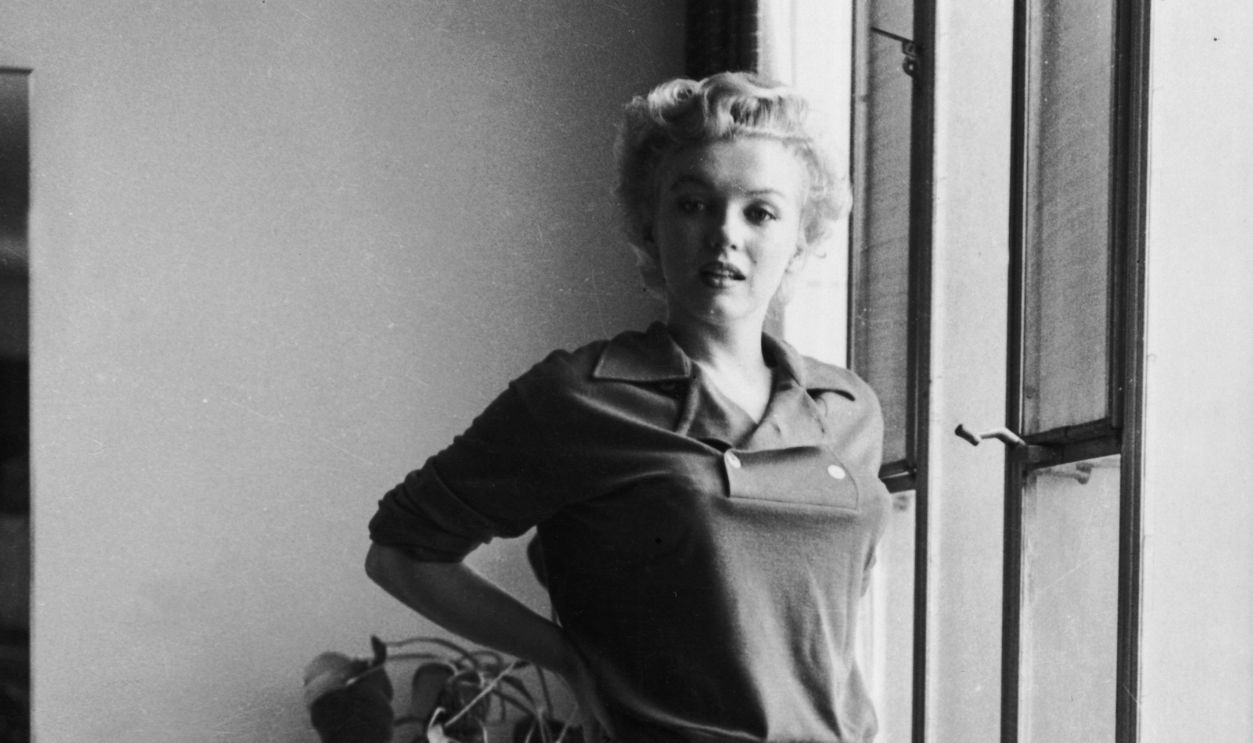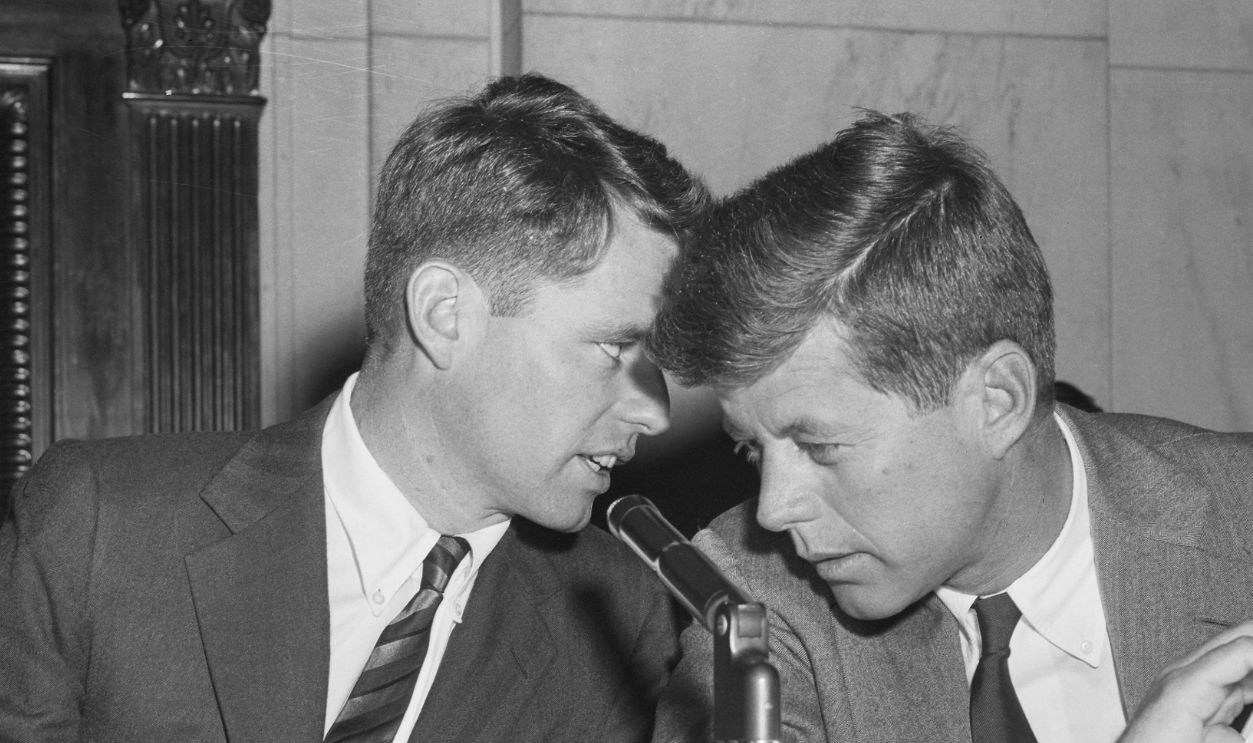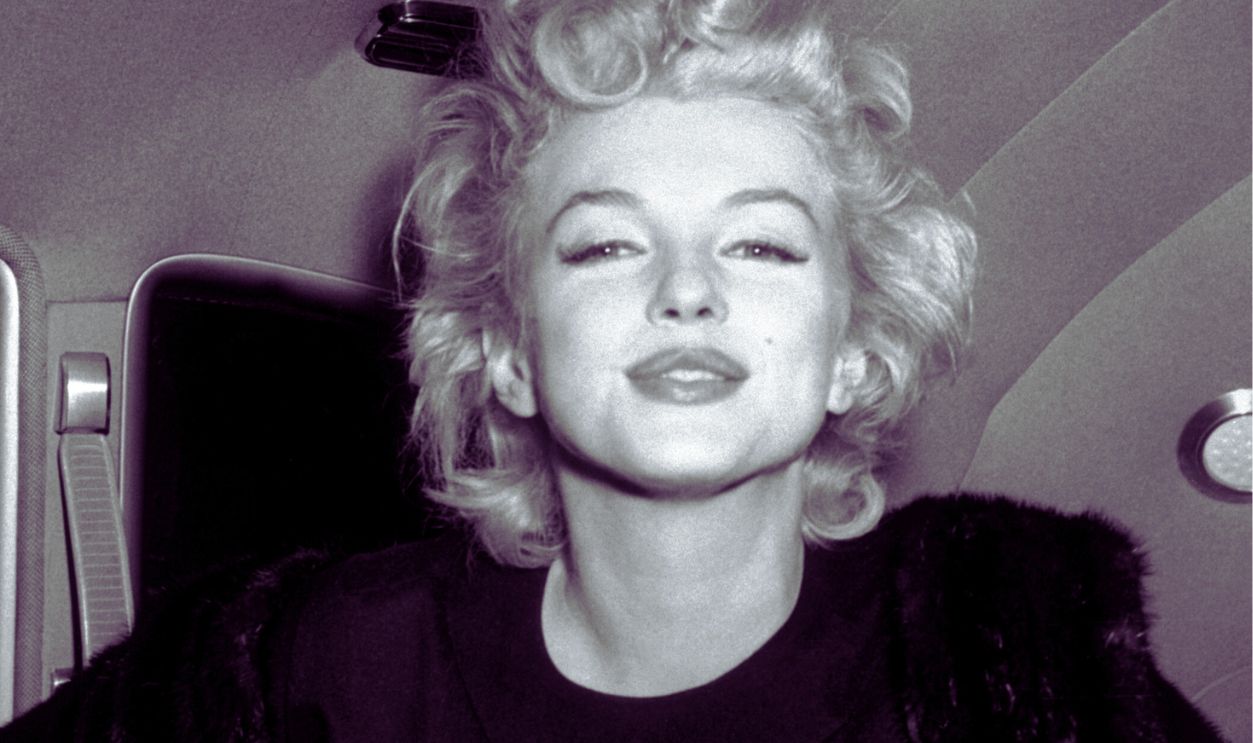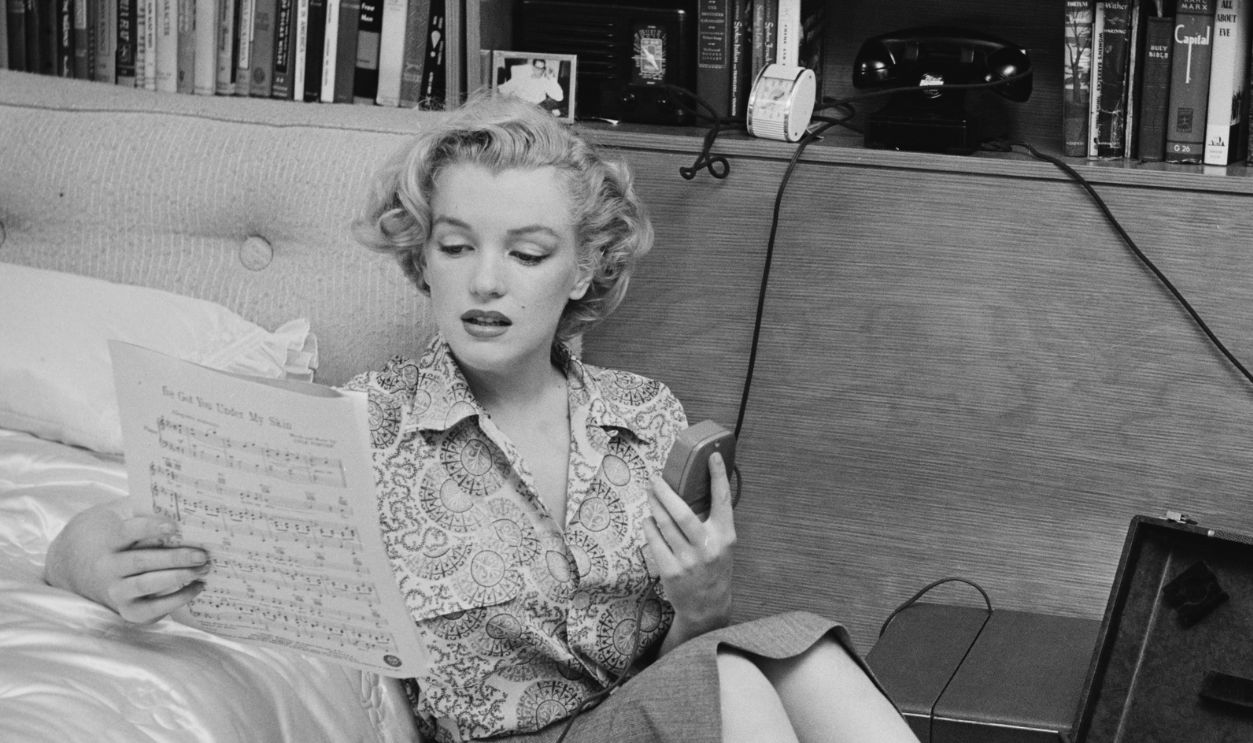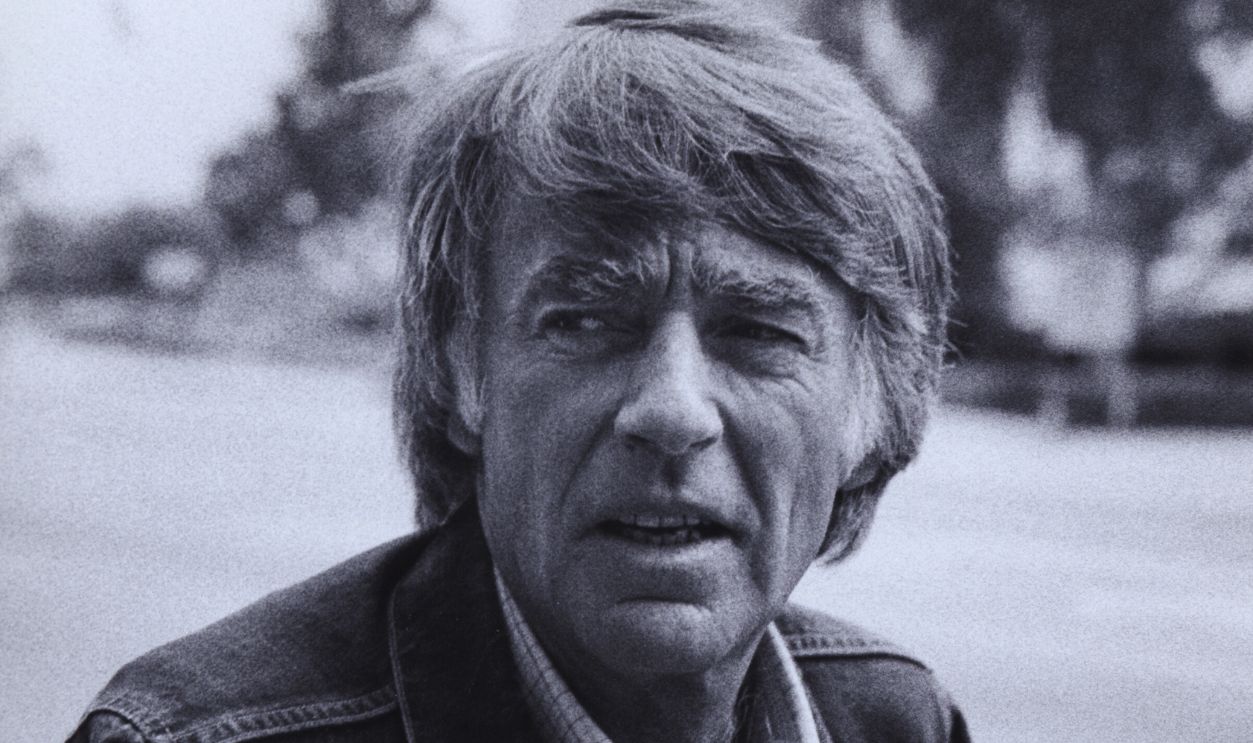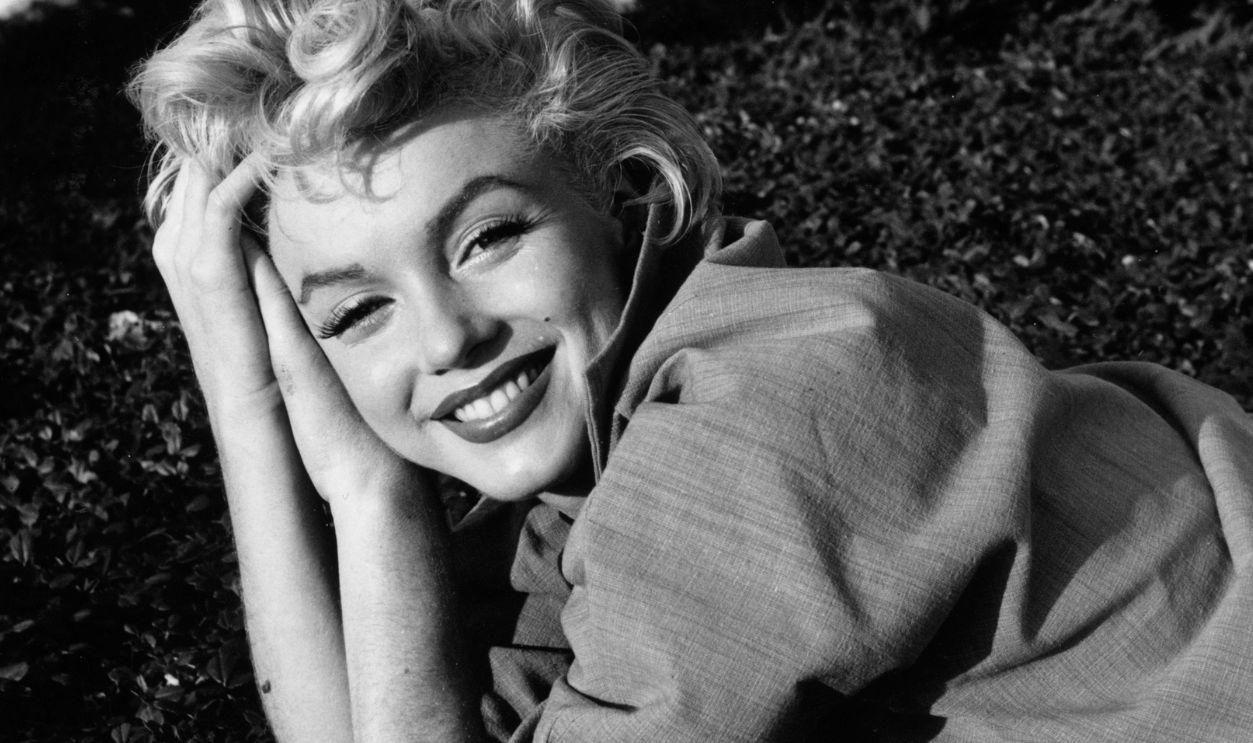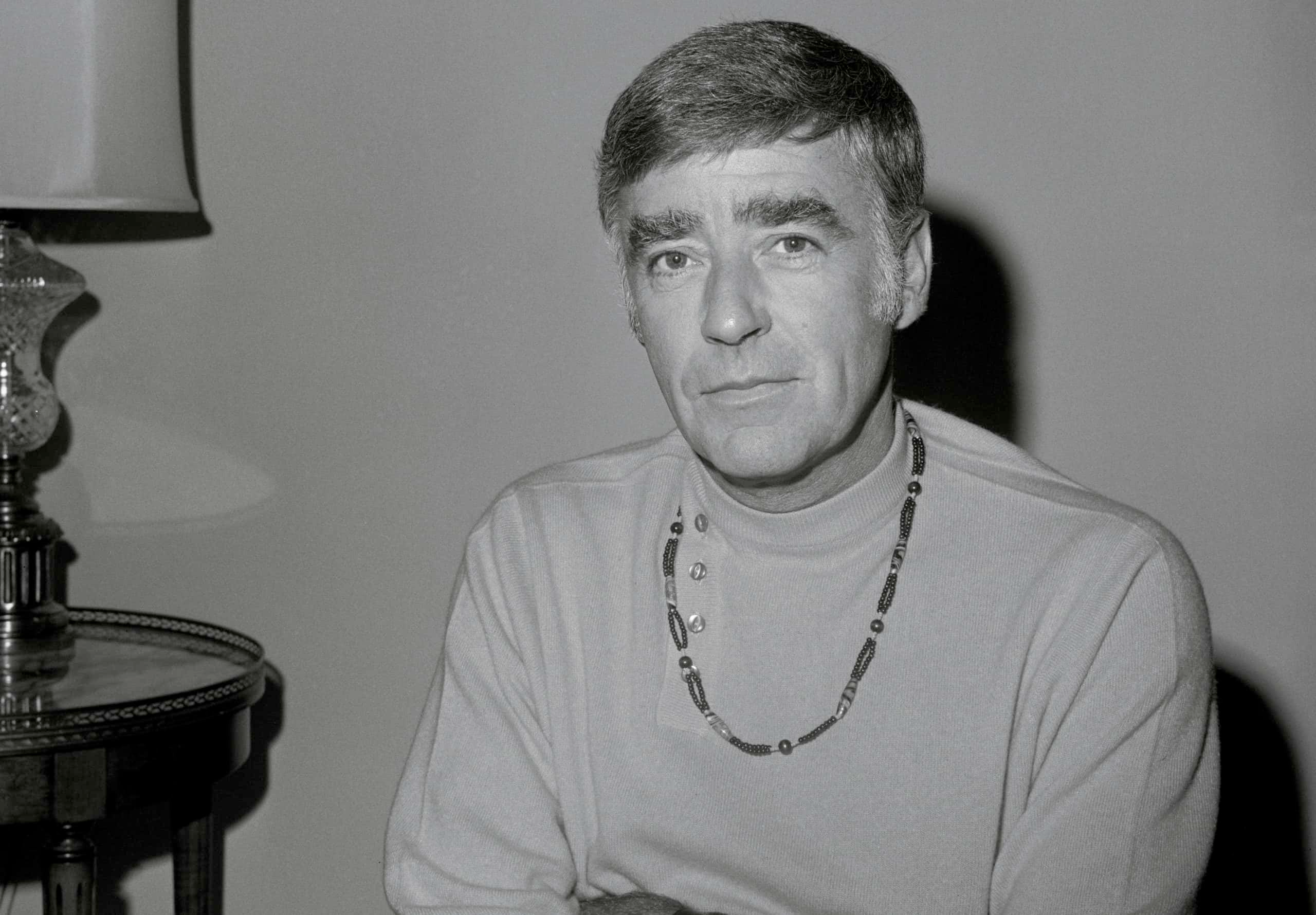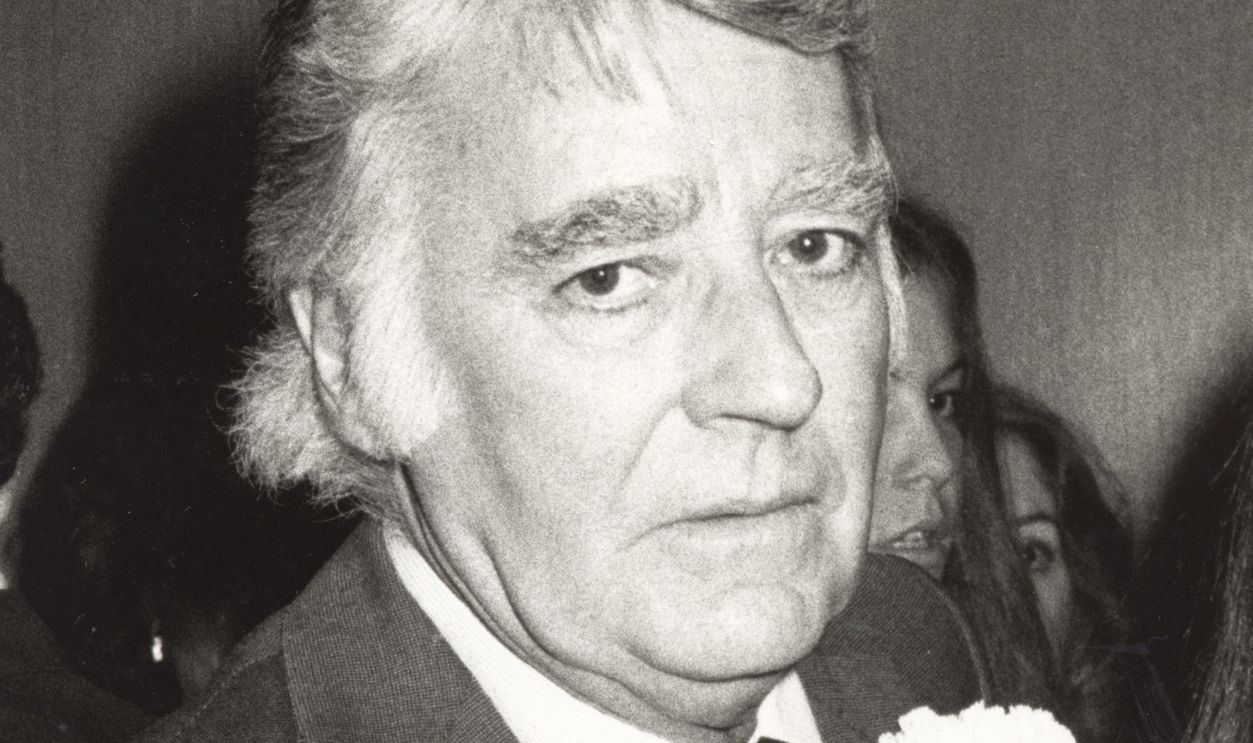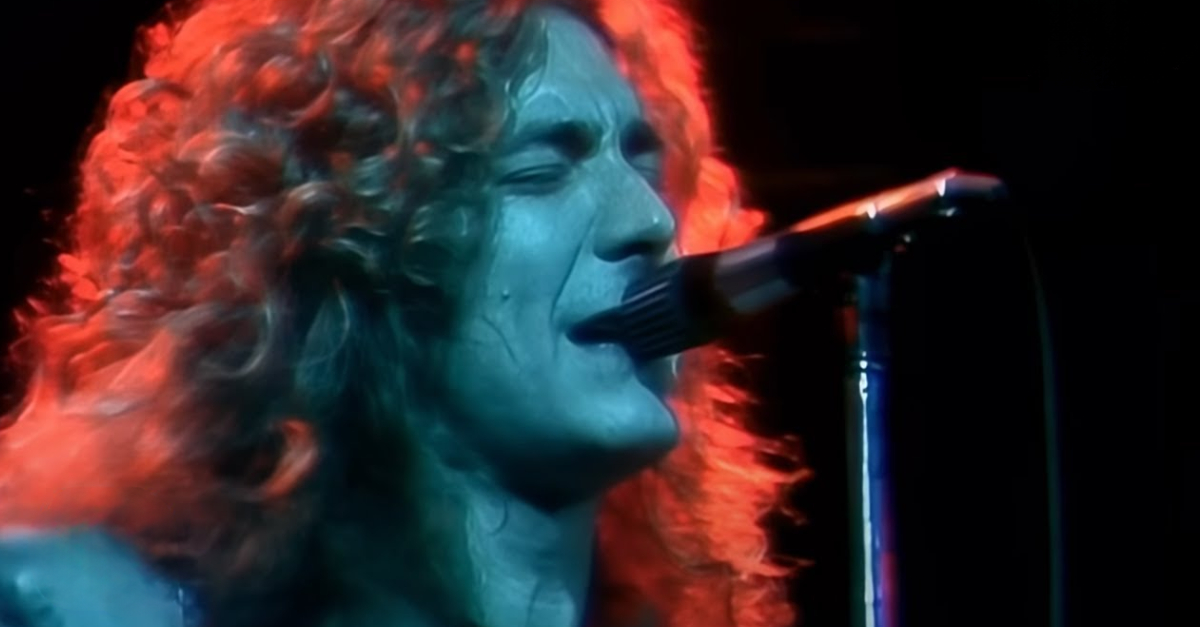The Final Night
The night Marilyn Monroe died, her phone rang one last time. On the other end was Peter Lawford—the actor, Rat Pack insider, and brother-in-law to a Kennedy. He was calling to invite her to dinner. What he heard instead was a slurred goodbye mentioning “the President.” And then the line went silent.
The Connection Between Two Hollywood Worlds
Monroe and Lawford moved in the same glamorous circles—studio elites, politicians, and the Rat Pack crowd. She’d often attend Lawford’s beach house parties in Malibu, where she could escape her isolation for a night of champagne and conversation. Their friendship was genuine, though shadowed by powerful names around them.
 U.S. army photographer David Conover's shot, Wikimedia Commons
U.S. army photographer David Conover's shot, Wikimedia Commons
Marilyn’s Fragile Summer
By mid-1962, Monroe’s life was unraveling. She’d been fired from Something’s Got to Give, struggled with insomnia, and had recently ended high-profile relationships. Friends described her as lonely but trying to hold on, alternating between hope and discouragement in private conversations.
Peter Lawford’s Inner Circle
Lawford, married to Patricia Kennedy, was Hollywood’s bridge to Camelot. His Malibu home was a social hub for actors, politicians, and musicians. But beneath the charm, he carried his own troubles—financial strain, heavy socializing, and proximity to sensitive political relationships.
 Macfadden Publications page 2, Wikimedia Commons
Macfadden Publications page 2, Wikimedia Commons
The Day of August 4, 1962
That Saturday began quietly. Monroe saw her psychiatrist, spoke with friends, and spent time at home in Brentwood. As evening fell, the phone became her connection to the outside world. One of the last people to reach her was Peter Lawford, calling with a dinner invitation.
The Call That Changed Everything
Lawford later said he phoned around 7:30–7:45 p.m. Her voice sounded faint and distant. “Say goodbye to Pat, say goodbye to the President, and say goodbye to yourself, because you’re a nice guy,” she said. When the line went silent, Lawford grew alarmed and immediately tried to reach her again.
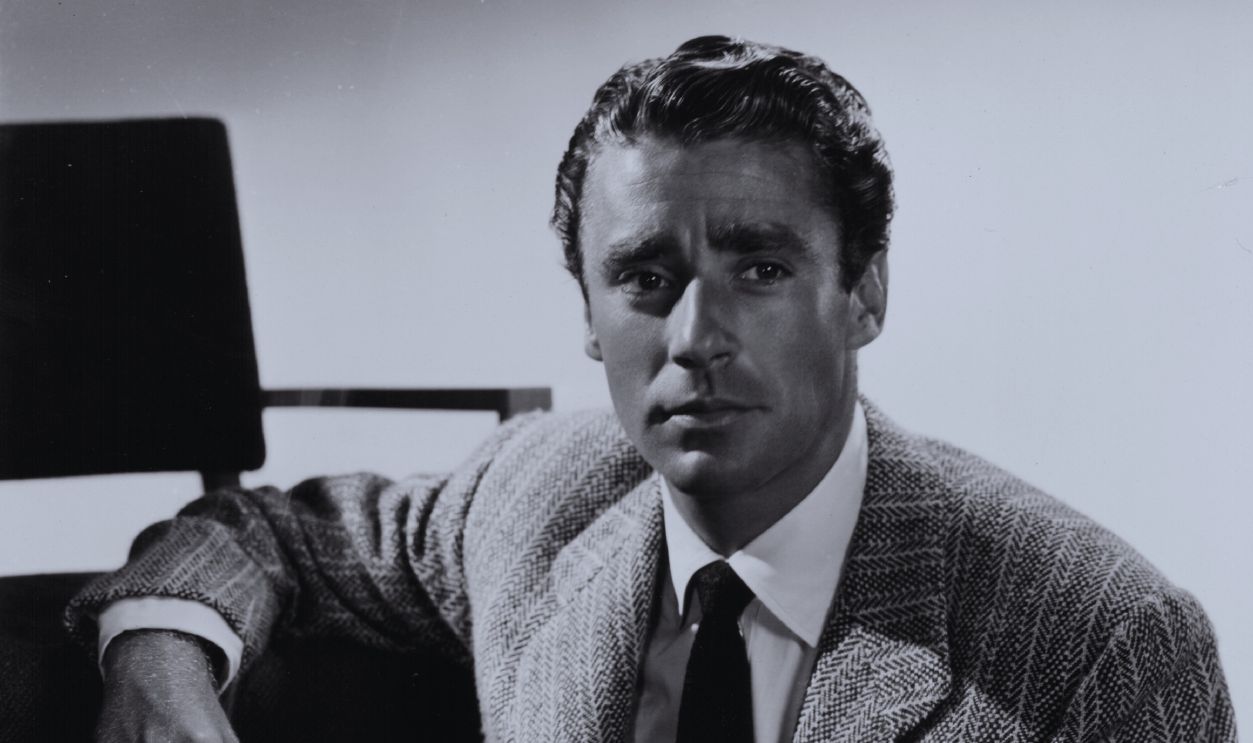 Pictorial Parade, Getty Images
Pictorial Parade, Getty Images
The Words That Sparked Decades of Speculation
When Lawford repeated those words later, one phrase stood out—her mention of “the President.” In the days before her death, Monroe had reportedly told confidants she might “go public” about relationships with powerful men. Lawford said he heard despair, not threat, but the remark fueled years of speculation.
Lawford’s Immediate Panic
Shaken, Lawford kept dialing back but couldn’t get through. He contacted his agent Milton Ebbins, who tried to reach Monroe’s doctors and attorney, and he also sought help via people in her circle. Accounts differ on the exact order of calls, but it’s clear he was worried and tried to mobilize others to check on her.
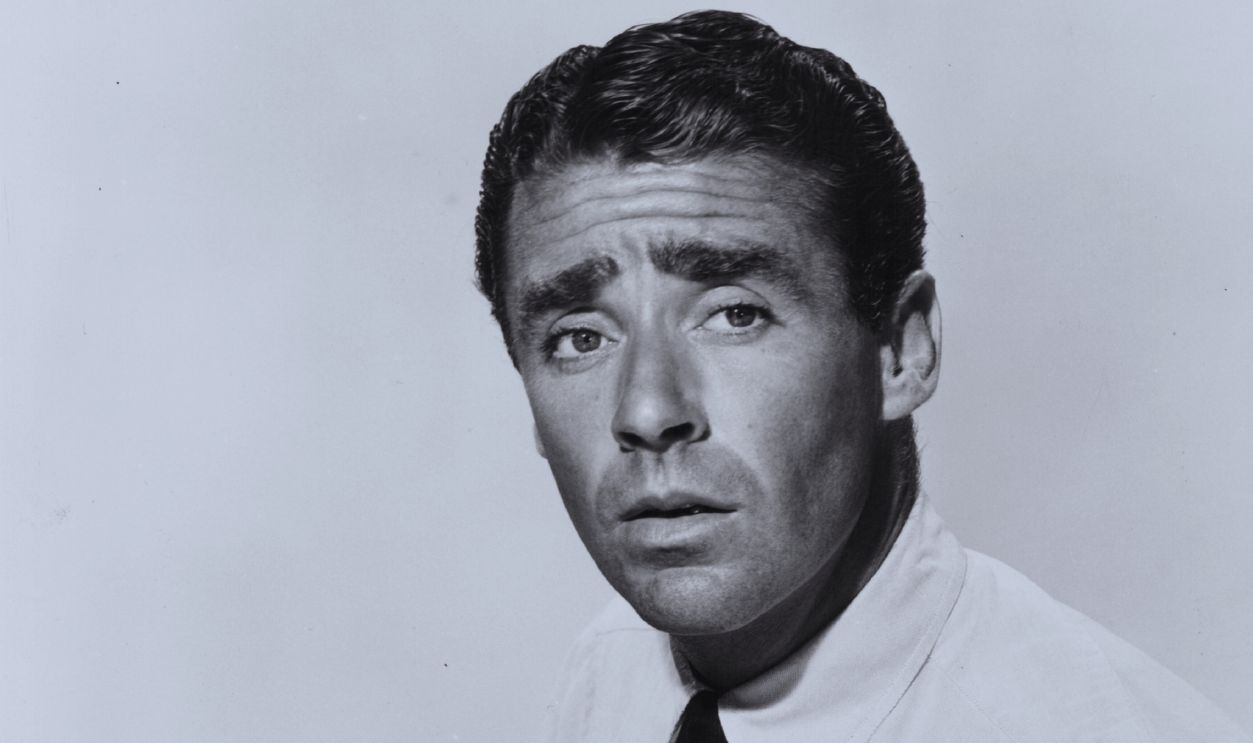 Pictorial Parade, Getty Images
Pictorial Parade, Getty Images
Conflicting Accounts of What Happened Next
Some witnesses later claimed associates linked to the Kennedys were contacted before police; others said efforts were made at once to get medical help. Timelines vary by source, which is why the hours after Lawford’s call remain contested territory for biographers and reporters.
 NBC Television. Uploaded by We hope at en.wikipedia, Wikimedia Commons
NBC Television. Uploaded by We hope at en.wikipedia, Wikimedia Commons
A Hollywood Web of Secrets
Because Lawford was connected to the Kennedys through marriage, a private tragedy quickly became a public storm. Rumors spread that materials were removed from Monroe’s house before authorities arrived. Those claims were never proven, but the uncertainty hardened the mythology around her final hours.
Did Her Final Words Scare the White House?
There’s no verified record of a direct White House reaction to what Lawford heard. Still, people close to the Kennedy orbit feared reputational fallout. Biographers have written that concern focused on embarrassment more than secrets—a distinction that didn’t stop the rumors from growing.
 Cecil W. Stoughton / Adam Cuerden, Wikimedia Commons
Cecil W. Stoughton / Adam Cuerden, Wikimedia Commons
The Kennedy Connection
Because Monroe had been linked socially to both John and Robert Kennedy—and because Lawford was family by marriage—her death became entangled with politics. Multiple outlets revisited those links over the years; no definitive proof of political interference has ever emerged.
The Official Findings
The autopsy listed acute barbiturate poisoning as the cause of death. At the inquest, officials concluded a “probable” self-inflicted ingestion, but that determination has been debated ever since. Conflicting witness timelines, gaps in phone records, and a highly charged political context kept questions alive.
The Final Scene
In the early hours of August 5, Monroe was found in her bedroom at Fifth Helena Drive. Accounts given to authorities said a phone receiver was in or near her hand when she was discovered. That detail reinforced the idea that her last contact with the world was a call.
Lawford’s Lingering Guilt
In later years, Lawford said the memory of that call weighed on him. He wondered if he could have done more in those minutes after the line went dead. Friends recalled that when Monroe’s name came up, he often fell quiet and avoided discussing details.
Marilyn’s Final Hours in Retrospect
Every credible reconstruction of that night returns to Lawford’s call. Whether her words were a farewell or simply the sound of someone unwell and exhausted, it remains the last confirmed conversation anyone had with her.
Was It Truly Her Last Call?
Most historians and biographers treat the Lawford conversation as her final verified phone call. Later claims of additional calls surface in memoirs and secondary accounts, but they have never been substantiated to the standard of verifiable testimony.
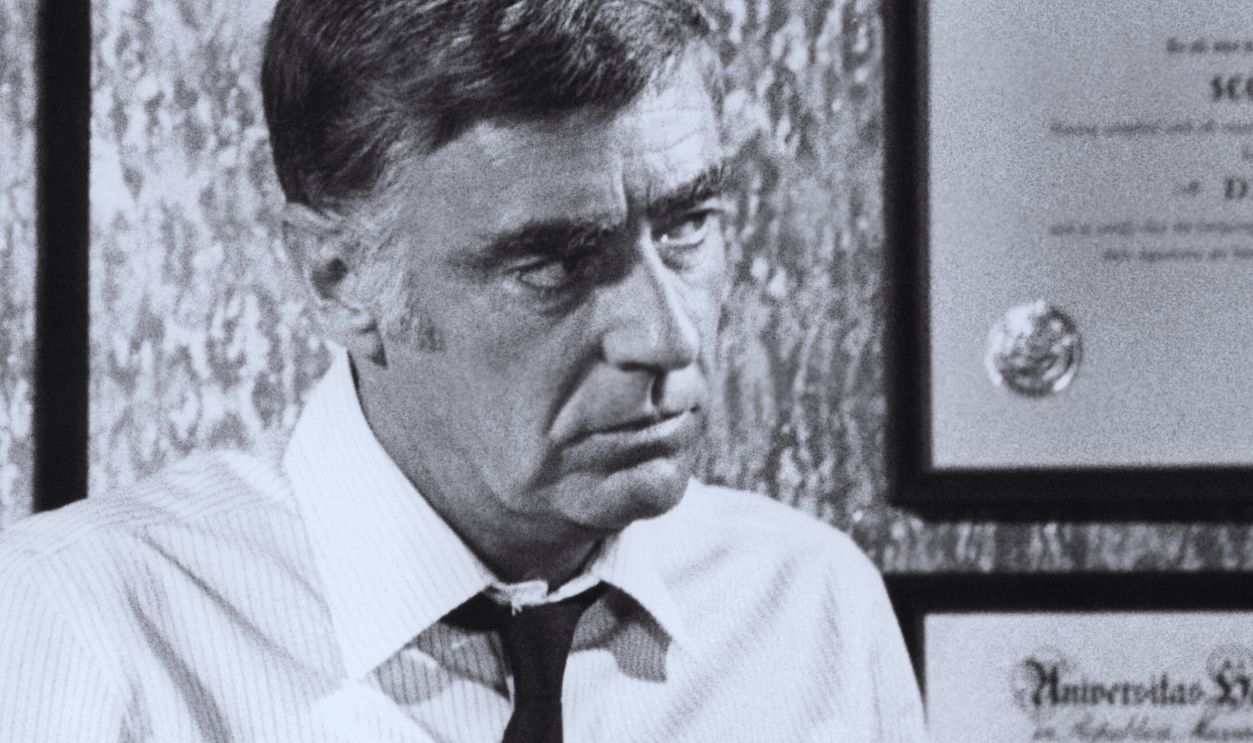 Michael Ochs Archives, Getty Images
Michael Ochs Archives, Getty Images
Lawford’s Silence and Decline
After Monroe’s death, Lawford’s life unraveled. His marriage to Patricia Kennedy ended, work dwindled, and his health worsened. He rarely addressed that night publicly, and when he did, he offered sparse details and little speculation.
The Endless Theories
Books, documentaries, and articles have examined the timeline minute by minute. Interpretations split: some see Lawford as a concerned friend who tried to help; others view him as a witness pulled into political crosscurrents. The uncertainty kept the story in print for decades.
Friends Remember Her Despair
Friends, including actress Jeanne Carmen, later said Monroe felt isolated that summer. Accounts differ in tone and detail, but many agree she felt pushed around by studios and used by people she thought she could trust. Those perceptions shaped how some remember her last week.
 Unknown authorUnknown author, Wikimedia Commons
Unknown authorUnknown author, Wikimedia Commons
The Doctors and the Timeline
Statements from her psychiatrist, Dr. Ralph Greenson, and her housekeeper, Eunice Murray, differ on certain points, including when she was last seen responsive. Discrepancies in those accounts—combined with the timing of phone calls—are the backbone of ongoing debates about the night’s chronology.
A City That Couldn’t Move On
Monroe’s death ended an era. In Hollywood, it reshaped conversations about privacy, power, and the pressures of fame. For those who knew her, it was also a reminder of how quickly circumstances can become opaque once the headlines take over.
Lawford’s Final Reflection
In later interviews, Lawford spoke of Monroe with affection and kept the focus on her talent and vulnerability. He avoided new claims about that night. By most accounts, he remained marked by the memory of their last conversation.
The Call That Still Echoes
More than sixty years later, Lawford’s account still anchors the accepted timeline. It is the point where personal tragedy, celebrity, and politics intersect—explaining why the story continues to be revisited, reargued, and reinterpreted.
You Might Also Like:
Dark Facts About Donald O’Connor, Hollywood’s Tragic Clown
Sammy Davis Jr. Was The Most Talented Man In The Rat Pack—But Even They Never Fully Accepted Him



